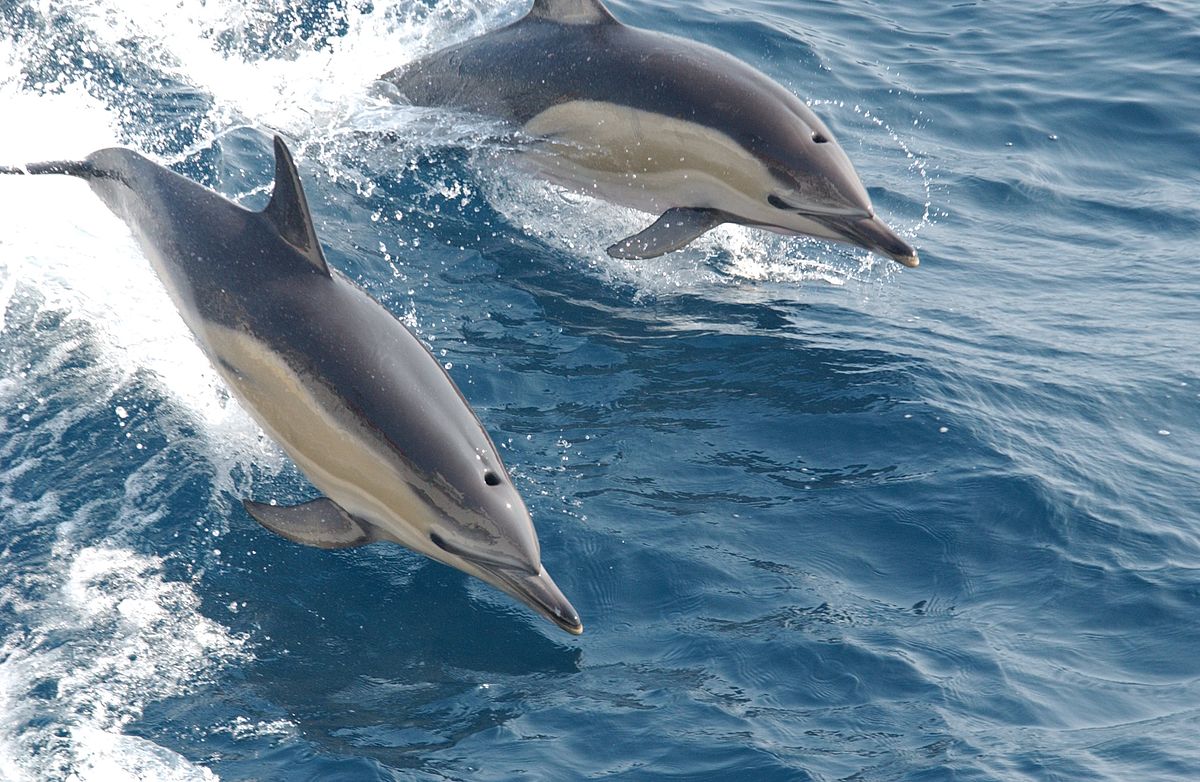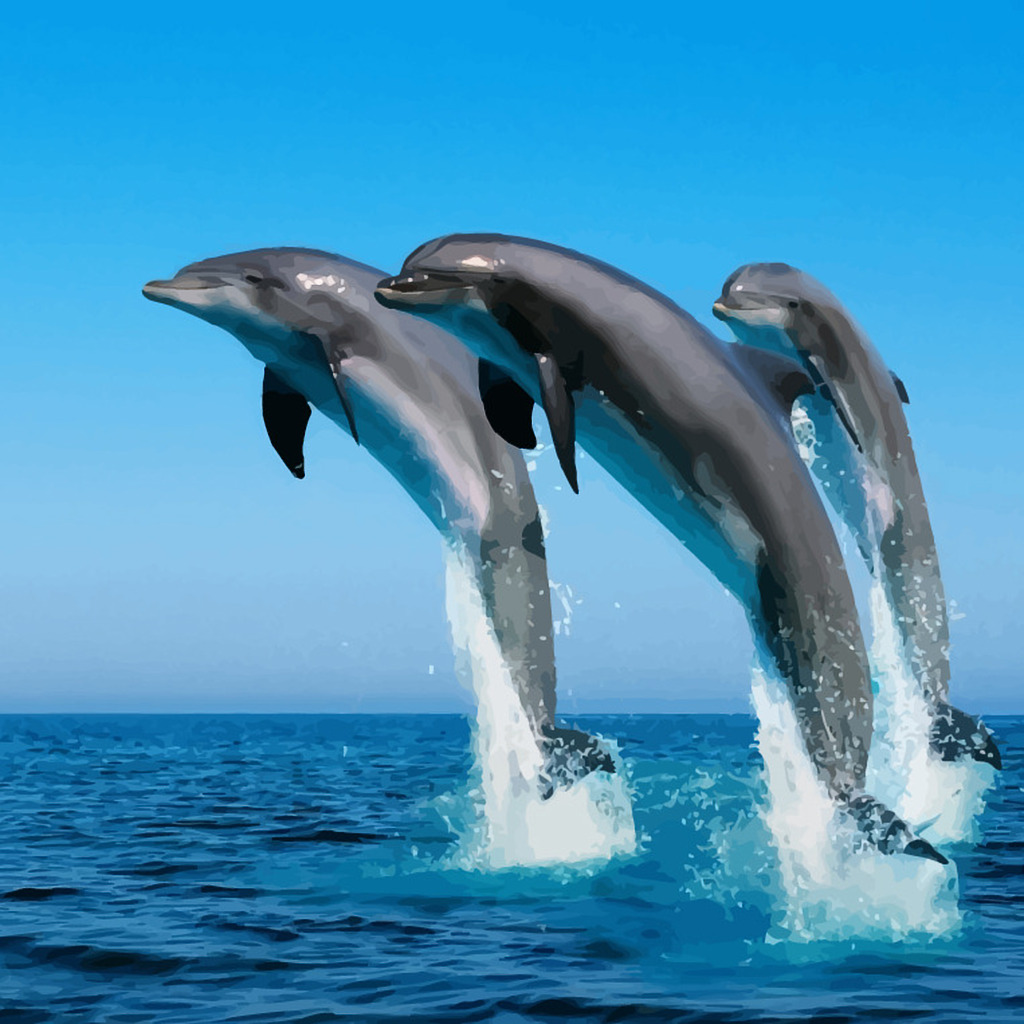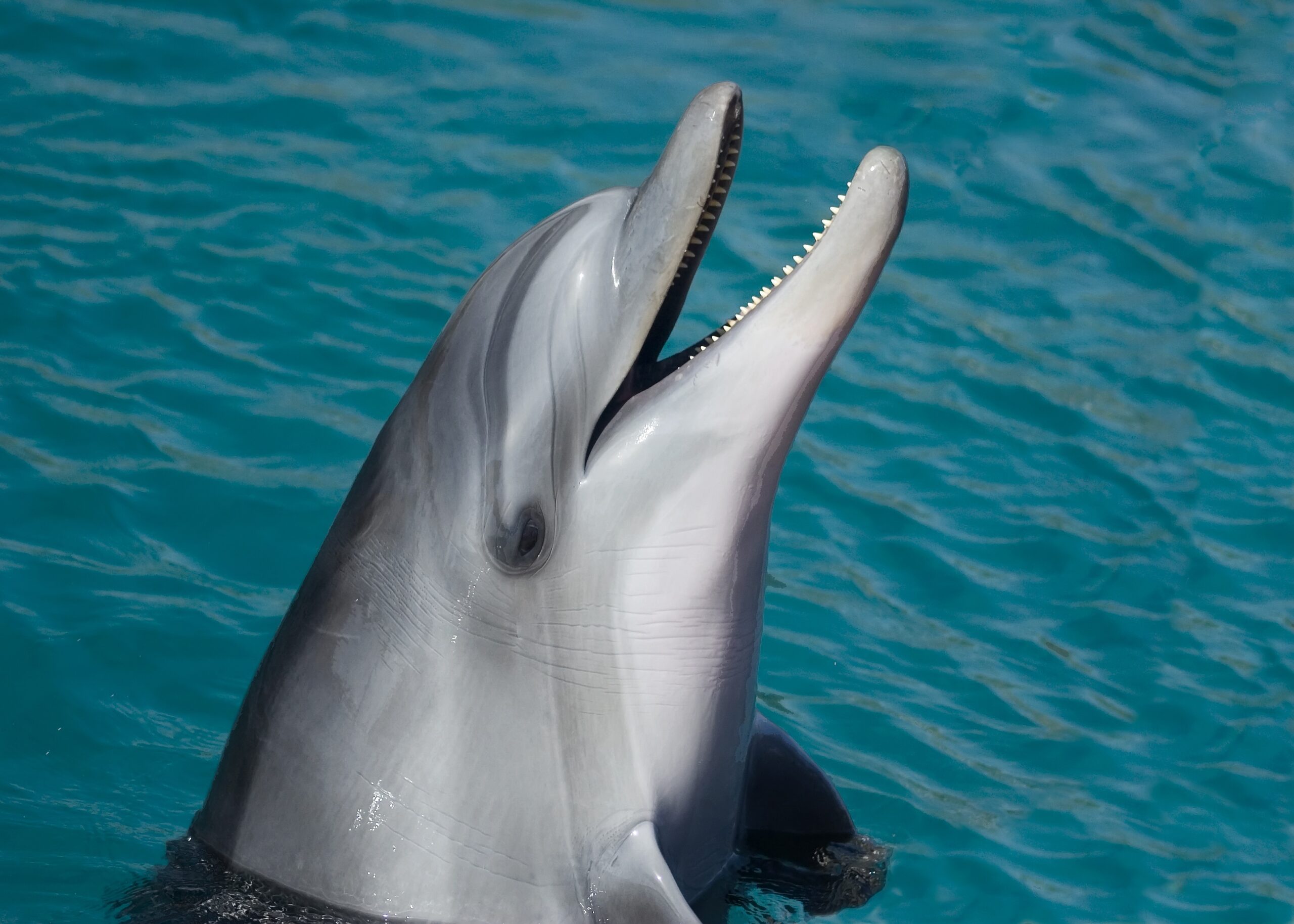Dolphins are fascinating and intelligent creatures that have captivated human interest and imagination for centuries. These highly social and intelligent marine mammals belong to the family Delphinidin, which includes about 90 species of dolphins, whales, and porpoises.
Dolphins are found in all of the world’s oceans, as well as in some major river systems, and they are well-known for their acrobatic displays, playful behaviour, and their distinctive whistles and clicks. In this blog, we’ll take a look at some interesting facts about dolphins that you may not know
are Dolphins friendly to humans
Dolphins are known to be friendly and curious towards humans, and they have a reputation for approaching boats and interacting with people in the water. However, it’s important to remember that they are still wild animals and should be treated with respect and caution.
While dolphins may appear to be friendly and playful, it’s important to remember that they are large, powerful animals that can cause injury if they feel threatened or agitated. It’s also important to remember that feeding or touching wild animals can disrupt their natural behaviour and put both the animals and humans at risk.

Dolphins in Ocean
ARE DOLPHINS WHALES
Dolphins are not whales. They are a type of marine mammal, but they belong to a different family than whales. Whales are much larger than dolphins, and they have different physical characteristics and behaviours.

size and weight
Dolphins come in many different sizes depending on their species. The smallest species of dolphin is the Heaviside’s dolphin, which can grow up to 1.4 meters (4.6 feet) in length and weigh up to 40 kg . The largest species of dolphin is the orca or killer whale, which can grow up to 9.5 meters (31 feet) in length and weigh up to 10,000 kg .
Most species of dolphins fall somewhere in between these two extremes in terms of size and weight. For example, the common bottlenose, one of the most well-known dolphin species, typically grows to be around 2.5 to 3 meters in length and can weigh between 200 to 600 kg, depending on its age, sex, and geographic location.
Speed
Dolphins are able to swim at such high speeds due to their streamlined bodies, powerful muscles, and efficient swimming techniques. They are also known for their ability to leap out of the water and perform acrobatic maneuvers such as flips and spins, which allows them to conserve energy and move through the water more efficiently.
The exact speed of dolphins can vary depending on their species, size, and other factors, but most species are capable of swimming at speeds of 20-30 miles per hour (32-48 kilometres per hour) for short bursts.
The fastest known species of marine mammal is the common dolphin, which can reach speeds of up to 60 kilometres per hour (37 miles per hour).
what dolphin eat
Dolphins are carnivorous and eat a variety of prey depending on their species, location, and availability of food. Some common prey items for them include fish, squid, and crustaceans such as shrimp and crabs.
Dolphins are also known to use a variety of hunting techniques to catch their prey, including herding fish into tight groups and using echolocation to detect their location. Some dolphin species, such as the orca or killer whale, are apex predators and will hunt and eat other marine mammals like seals, sea lions, and even smaller whales.
Yes, dolphins do sleep, but in a different way than humans. They have to consciously swim to the surface to take a breath, so they cannot afford to fall completely unconscious for extended periods of time like land animals. Instead, they rest one hemisphere of their brain at a time, allowing the other half to stay awake to control breathing and maintain awareness of their surroundings. This is called unihemispheric sleep, and dolphins engage in it so they can rest while still being able to come up for air and protect themselves from predators.

How many teeth do dolphins have
Dolphins have between 100 and 250 teeth in their mouths, depending on the species. However, the number of teeth can vary within a species as well. For example, the bottlenose dolphin can have between 18 and 28 teeth in each of its upper and lower jaws. They replace their teeth throughout their life, as new teeth grow to replace the old ones that fall out. Overall, dolphin teeth are a crucial adaptation that allows these marine mammals to catch and eat their prey in their ocean environment.
They replace their teeth throughout their life, as new teeth grow to replace the old ones that fall out.
lifespan of dolphins
The lifespan of dolphins varies depending on the species and environmental factors. Generally, smaller dolphin species have shorter lifespans than larger ones. For example, the common dolphin has an average lifespan of around 20 to 25 years, while the killer whale, which is actually a type of dolphin, can live up to 50 to 80 years in the wild.
Bottlenose dolphins are one of the most well-known dolphin species, have an average lifespan of 40 to 50 years in the wild, although some individuals have been known to live into their 60s and beyond. In captivity, they may have shorter lifespans due to the stresses and health issues associated with living in an artificial environment. Overall, the lifespan of dolphins is influenced by a variety of factors and can vary widely between individuals and species.
Are Dolphins dangerous
Dolphins are highly intelligent and sociable animals that have captured our fascination for centuries. However, despite their friendly reputation, many people wonder if can be dangerous. Here are some facts about its behaviour and their potential to harm humans.
- Dolphins are not typically dangerous to humans. In fact, they are often playful and curious around humans and other animals.
- Cetaceans rarely behave aggressively towards humans, typically when humans swim with or feed them. These instances are rare and specific.
- Dolphins in captivity may exhibit more aggressive behaviour due to the stress of confinement, lack of social interactions, and limited space.
- It’s important to remember that they are wild animals and should be treated with respect and caution.
- Dolphin behaviour can be unpredictable, especially if they feel threatened or cornered.
- Dolphin bites rarely occur and usually happen when humans inappropriately interact with wild marine mammals.
- They may also inadvertently harm humans while engaging in their natural behaviours like hunting or swimming.
- Swimming with wild cetaceans, such as dolphins, can endanger both humans and the animals and disturb their natural behaviour.
Exploring The World of Dolphins in Miami
Tourists from all over the world visit Miami for its stunning beaches, sunny climate, and lively nightlife. Miami is also home to some of the most incredible dolphin experiences. The world of dolphins in Miami, and learn about the different ways you can interact with these amazing animals.
-
Dolphin Tours
One of the most popular ways to experience dolphins in Miami is by taking a dolphin tour. Boat tours are available to take you to the ocean where you can witness these creatures in their natural habitat. You may even see them jumping, playing, or swimming alongside the boat in their natural habitat.
-
Dolphin Encounters
For a more up-close and personal experience with dolphins, you can participate in a dolphin encounter program. These programs allow you to interact with them in a controlled environment, such as a pool or lagoon. You can swim with the them, pet them, and even learn how to give them commands.
-
Dolphin Shows
An entertaining experience in Miami is to attend one of the many dolphin shows available. Trained dolphins perform tricks such as jumping through hoops or balancing balls on their noses in these shows. They are a fun and educational experience for people of all ages.
Miami is a wonderful place to explore the world of dolphins, whether you want to observe them in their natural habitat, interact with them up-close, or learn more about their behaviour and communication. With so many different experiences to choose from, there is something for everyone.
In addition to their intelligence, dolphins also play a crucial role in maintaining the health of our oceans. As top predators, they balance marine populations and play a key role in the ocean’s nutrient cycle.is the sentence correct
Unfortunately, dolphins are also facing a range of threats from human activities, including overfishing, pollution, and habitat destruction. Fishermen target marine mammals for meat, and accidental fishing gear entanglements kill many others.